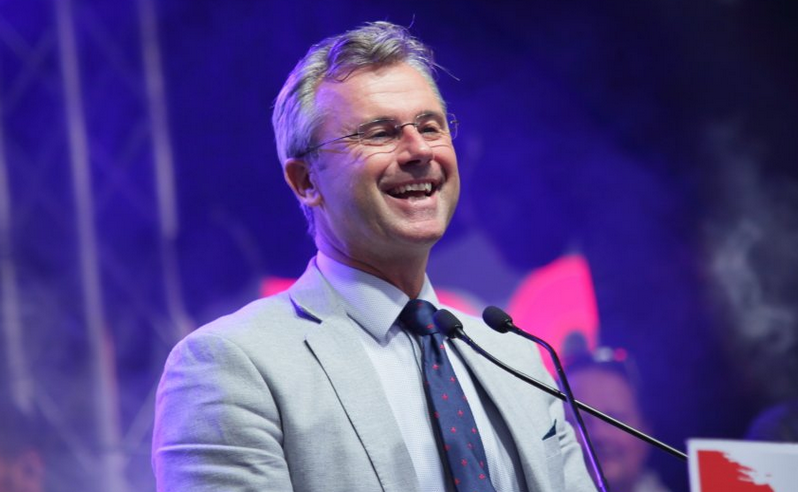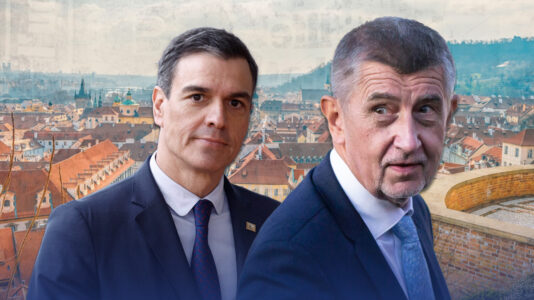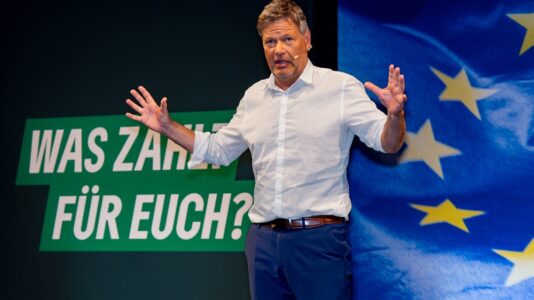The Social Democratic Party of Austria (SPÖ) lost its absolute majority in Burgenland’s state parliamentary elections on Sunday but retained its position as the largest party — although the right-wing Freedom Party (FPÖ) made unprecedented gains as it surged to second place and could enter into a coalition government.
According to preliminary final results, the SPÖ amassed 46.4 percent of the vote — down 3.6 percentage points from the last election — which would allow it to claim 17 seats in the 36-seat legislature, two shy of a majority.
Meanwhile, the FPÖ enjoyed a significant increase in support in the typically center-left stronghold state, securing nine parliamentary seats with 23.1 percent of the vote — up a considerable 13.3 percentage points from the 9.8 percent achieved in 2020. According to FPÖ state leader Norbert Hofer, it represented the party’s best-ever election result in the region.
The results see the FPÖ become the largest opposition party after a bad night for the center-right Austrian People’s Party (ÖVP), which dropped 8.6 points to 22 percent. The Greens maintained their presence in the state parliament with two seats and 5.7 percent, while the liberal New Austria and Liberal Forum (NEOS) failed to cross the 4 percent threshold required for representation.
The SPÖ has been the largest party in the state’s parliament since 1964, but Sunday’s preliminary results would be the second-lowest vote share it has achieved this millennium — the worst being 41.9 percent recorded in 2015.
Austria, Burgenland regional parliament election:
The preliminary final result shows SPÖ (S&D) is set to reach the first place in today‘s election, winning 46.4%. SPÖ is in first place in Burgenland since 1964.
➤ https://t.co/7wdXPVpqOl pic.twitter.com/0DjCBHNfrJ
— Europe Elects (@EuropeElects) January 19, 2025The result means a coalition will likely be formed at the state level to ensure effective governance, and SPÖ Governor Hans Peter Doskozil suggested that would most likely be discussed with either the Greens or the FPÖ.
“Either red-green, because the two are very close at the federal level, and that could also work out in Burgenland,” Doskozil told the Austrian Broadcasting Corporation (ORF) on Sunday, “or red-blue, because together we would have a constitutional majority in the state parliament and because we have the same interests on the asylum issue.”
“A stone has fallen from my heart,” Doskozil quipped, expressing his relief at the results amid speculation his party could have had a far tougher night.
The FPÖ hailed itself as the de facto winner of the election, suggesting it was evidence of its growing influence and popularity among the Austrian people.
“The voters have Norbert Hofer, and the Freedom Party in the Burgenland received a sensational vote,” said national leader Herbert Kickl, who is currently attempting to form his own coalition government at the federal level.
“People want an honest policy that once again puts their well-being, their interests, and a good future for them at the center of everything they do. The people of Burgenland also sent this signal today by placing their trust in the FPÖ, thereby once again strengthening honesty, credibility, and straightforwardness,” he added.
Hofer called the result “very, very pleasing” but noted disappointment that a coalition without the FPÖ remains possible.
Meanwhile, the ÖVP faced what its top candidate Christian Sagartz described as “painful losses.” The Greens signaled their readiness to negotiate, with state spokeswoman Anja Haider-Wallner declaring, “We are ready to take responsibility.”
The FPÖ won the Austrian federal election in September last year but was initially overlooked for the chancellorship by President Alexander van der Bellen after other parties refused to work with them.
Talks for a potential “loser coalition,” however, collapsed and Kickl was invited to lead subsequent negotiations with the ÖVP.






